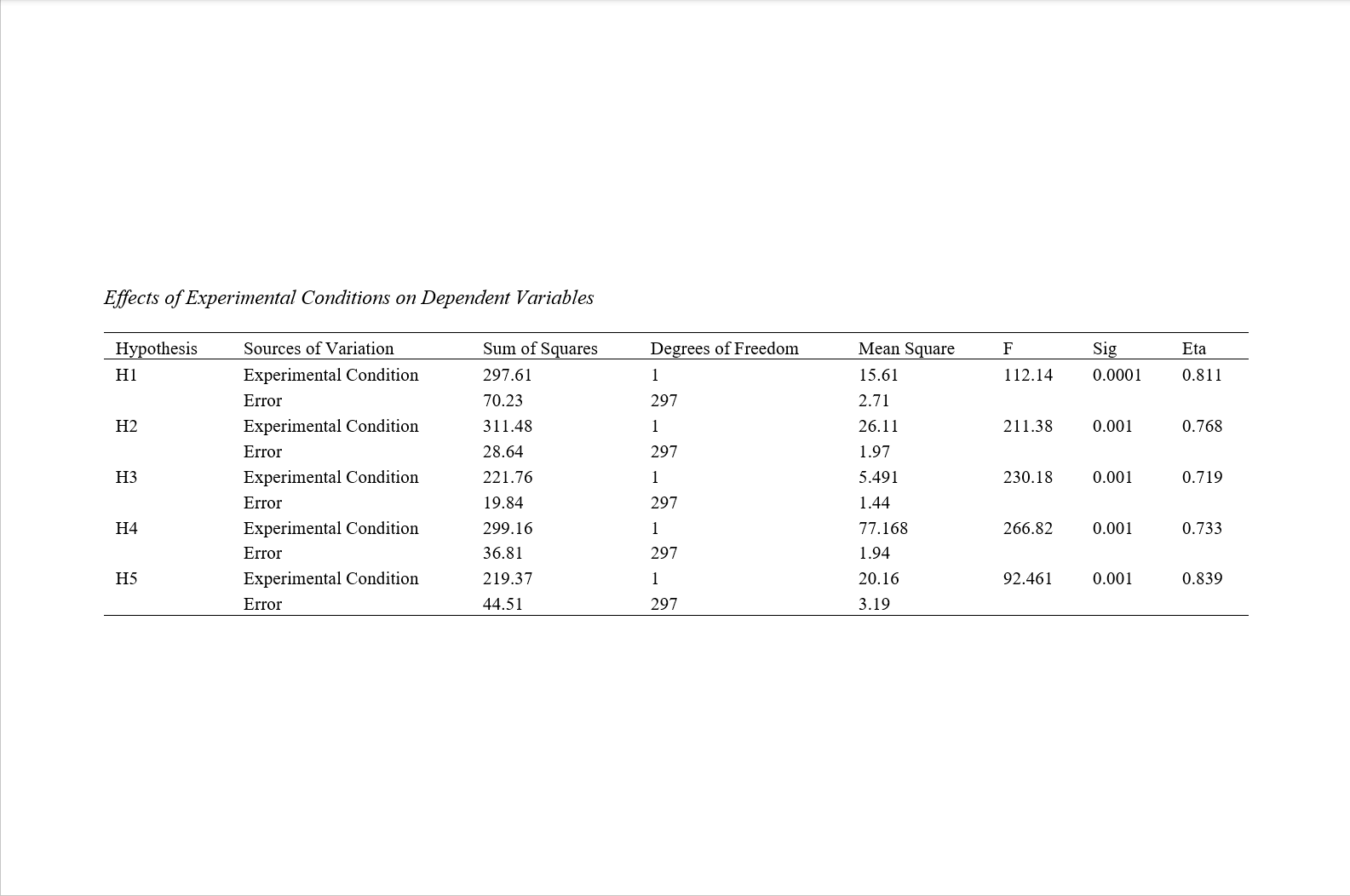Evaluation of Consumer Behavior Responsiveness to Neuromarketing with an Emphasis on Consumer Loyalty Based on Oliver’s Model
Keywords:
Neuromarketing, Consumer Behavior, Consumer Loyalty, Cognitive Loyalty, Emotional Loyalty, Intentional Loyalty, Behavioral LoyaltyAbstract
Objective: The aim of this study is to explore green research and development (R&D) in the home appliance industry.
Methods and Materials: This research is applied in nature, and the data collection method is descriptive-survey. Initially, by reviewing the literature and using qualitative content analysis, 30 factors were extracted as indicators for green development and formulation, categorized into five dimensions: green management, product and stakeholder performance, internal environment management, green innovation, and energy and resource consumption management. In the second stage, the fuzzy Delphi technique was employed, with a two-stage survey conducted among 15 experts selected through purposive sampling to achieve group consensus and filter the findings from the first stage. Finally, to assess the opinions of employees in the home appliance industry regarding green R&D indicators, a questionnaire was distributed among 170 employees, selected through Cochran’s formula and simple random sampling. The results were analyzed using SPSS software and a one-sample t-test.
Findings: The findings showed that all these indicators were significantly identified as green R&D indicators in the home appliance industry at a 95% confidence level. Based on the results, the product design improvement indicator, with an average score of (4.18), received the highest rating from employees. This was followed by access to new markets and customers with an average score of (4.14), a green image of the company with an average score of (4.11), green product innovation with an average score of (4.10), and enhancing the company's green position with an average score of (4.02), respectively.
Conclusion: The findings highlight the significance of improving product design, accessing new markets, and promoting a green company image as crucial factors for achieving sustainable development.
Downloads

Downloads
Additional Files
Published
Submitted
Revised
Accepted
Issue
Section
License
Copyright (c) 2024 Saeid Farjam (Author); HamidReza Soleymani (Corresponding Author); Neda Ahmadi Goltepe, Masoume Afkari Samareen, Ali GolAmini, Hassan Ansari, Ghafar Kayani, Saeed Yousefzadeh (Author)

This work is licensed under a Creative Commons Attribution-NonCommercial 4.0 International License.

























